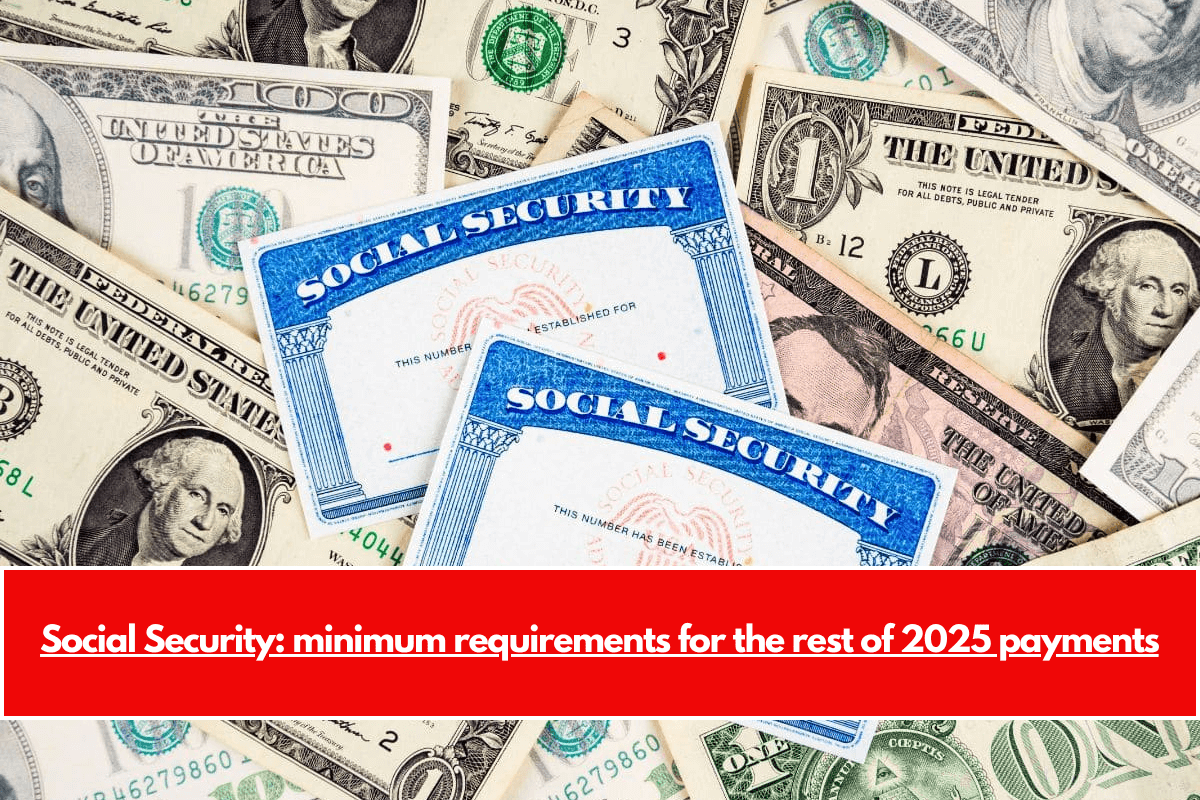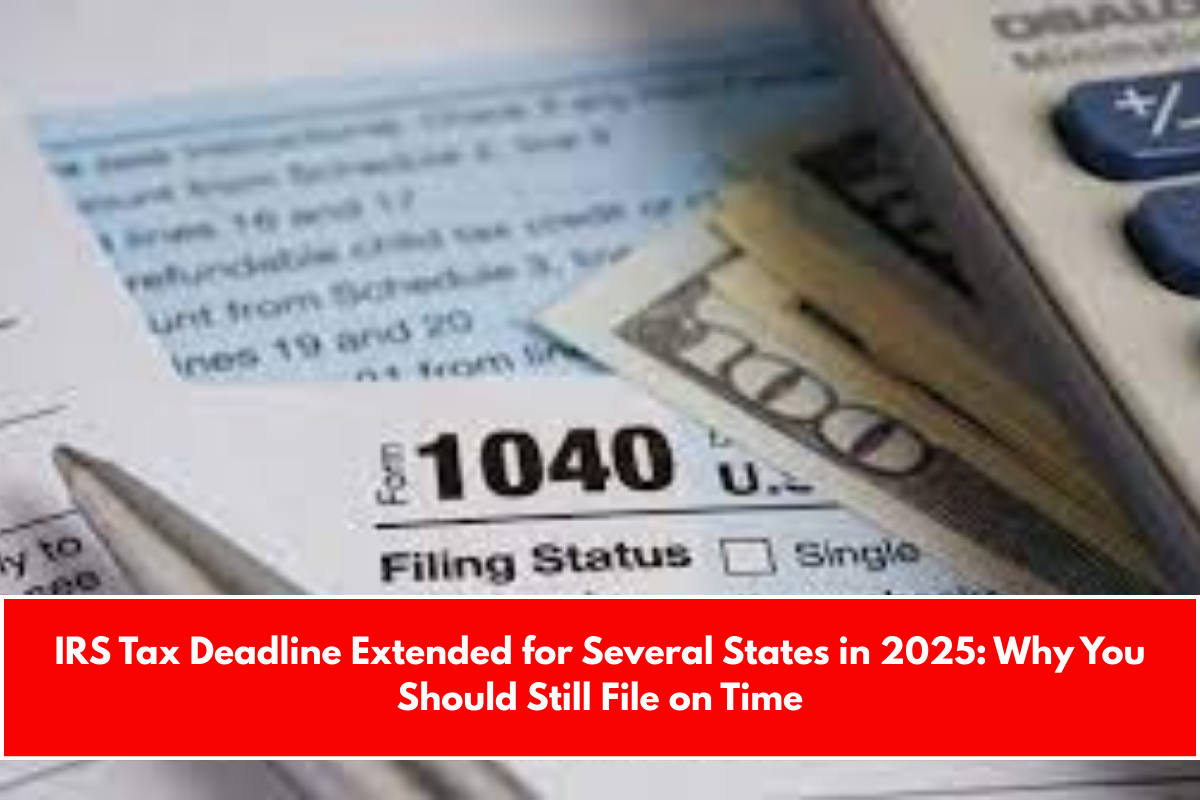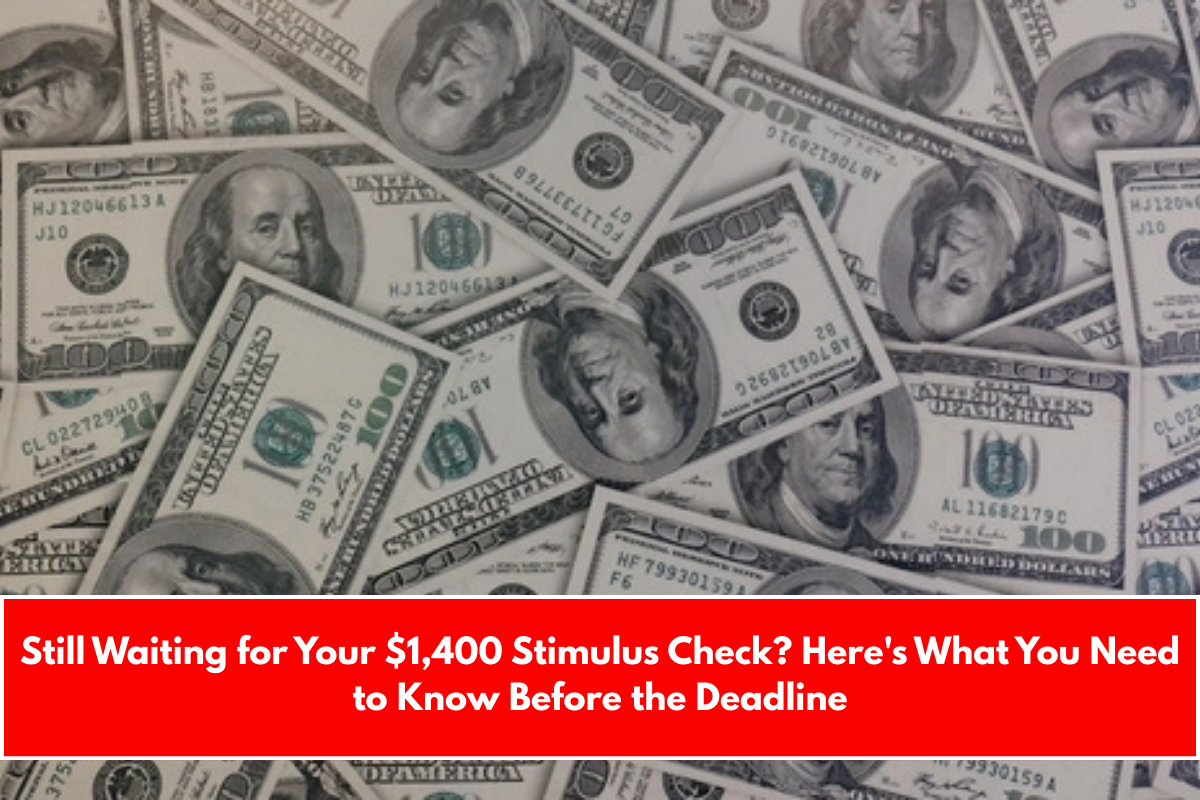Although Social Security retirement benefits are ideal for the majority of US people, it is also true that certain requirements must be met before they may be collected. Once we start earning these monthly retirement checks, we should be able to receive them on a regular basis.
However, before you can begin receiving checks, you must first achieve a minimum number of requirements. You will be able to receive a new monthly check as a result of these requirements; but, even if you fulfill the minimum standards, you will not be able to receive a significant advantage, so it is best to postpone the payment for as long as possible.
Requirements for Social Security in 2025
If you’re considering applying for your Social Security retirement benefits in 2025, it’s crucial to carefully review all the established eligibility requirements. Without meeting these criteria, you won’t be able to receive your monthly payments. Failing to qualify could mean waiting longer to apply or seeking alternative sources of income to cover your expenses.

Key Social Security Requirements for 2025:
Minimum Age: You must be at least 62 years old.
Work History: You need to have worked for at least 10 years.
In terms of age, while there may be special circumstances that allow for earlier claims, the Social Security Administration reviews each case individually. Regardless, earning 40 work credits is mandatory—typically equivalent to 10 years of work.
It’s important to note that these years of work do not need to be consecutive. As long as you’ve accumulated enough credits over time—even with breaks in employment—you can still qualify.
However, applying at the minimum age with the minimum credits generally results in a much smaller monthly benefit. To maximize your Social Security payment, it’s essential to consider all factors that affect your benefit amount, including the age at which you claim and your lifetime earnings.
How to maximize Social Security in 2025?
To receive the maximum possible Social Security benefit, there are a few key strategies to keep in mind:
Work for at Least 35 Years
Social Security calculates your retirement benefit based on your highest 35 years of earnings. If you have fewer than 35 years of work, the missing years will be counted as zero, which can significantly reduce your monthly benefit. The closer you are to 35 full years of work, the better your benefit will be.Delay Your Claim Until Age 70
Although you can start receiving benefits as early as age 62, doing so will reduce your payments by up to 30% compared to waiting until your Full Retirement Age (FRA) or later. For the highest monthly payment, it’s advisable to wait until age 70, as delayed retirement credits increase your benefit each year you wait past your FRA.Earn a Higher Salary During Your Working Years
Your benefit amount is directly based on your lifetime earnings. The more you earn—and the more Social Security taxes you pay—the higher your retirement check will be. Therefore, increasing your income during your career can significantly impact your future payments.
By focusing on these three areas—length of work, timing of your claim, and lifetime earnings—you can help ensure a stronger, more secure retirement income.
















